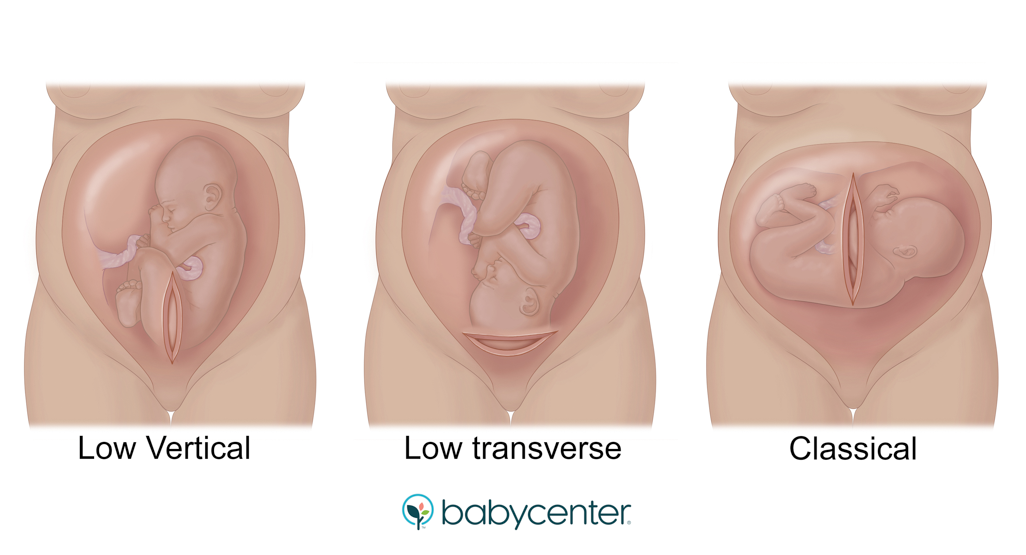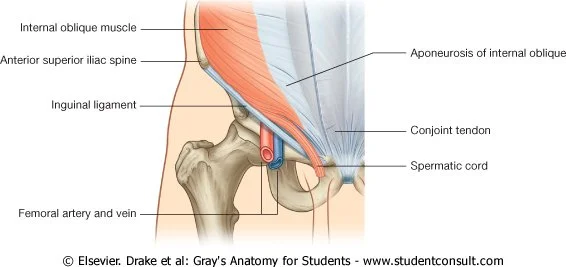Caesarean Scar Tissue & Affects on Core Function
Cesarean Section or C Section is a surgical delivery of a baby by incisions into the abdomen and uterus. Cesarean Births can be elective, scheduled or emergency.
| in 2019 36% of births were c-section deliveries (aihw.gov.au)
There are 2 methods of Cesarean Incisions:
Vertical “Classic” Cut | Vertical incision through the Linea Alba, between the navel and pubic bone.
Horizontal Cut | horizontal incision through layers of lower abdomen muscles.
Functionally the best incision is the Vertical Incision as the Linea Alba is a bloodless vertical plane of mostly connective tissue (fascia) where right & left sides of abdomen muscles attach.
Most commonly the Horizontal Incision is preformed. The incision is through 4 sets (right & left) of abdominal muscles.
Common Symptoms of Cesarean Scar Tissue Disrupting Muscle Control:
Bilateral Leg Pain, Especially Hips & Knees
Decreased Sensation & Connection to area of Scar Tissue
Pelvic Floor Symptoms like Incontinence, Constipation or Diarrhoea even though there wasn’t a vaginal birth
Low Back Tension/Pain
Shoulder Pain
If you present with a cesarean scar (2 months old to years later) & have an one or more of the symptoms above I can guarantee from 10+years of practice, you will have improper IAP breath building & intrinsic core stabilisation at the root cause.
Rest & Recovery with general massage to superficial layers of your scar & general core stabilisation exercises won’t correct the imbalances.
Many women don’t fully understand the depth of incision & trauma of tissue through a cesarian delivery, I’ll explain the most common.
The horizontal incision is made from conjoint tendon to conjoint tendon (pic above). The conjoint tendon is where your deepest abdomen muscles TVA (Transverse Abdominis) & IOA (Internal Abdominal Oblique) come together to create one tensile tendon attaching to front of your pelvis creating pelvic & core stability. Above Rectus Abdominis & External Abdominal Oblique also are cut. Many nerves, veins, lymph vessels, layers of fascia are all cut to finally the uterus incision.
What’s the Functional Effects of the Cesarean Scar Tissue on YOUR Body?
IAP (Intra Abdominal Pressure) the king of core stabilisation can become altered. IAP is built with each inhalation creating extensibility (stretch) to abdomen tissue creating our max strength. Layers of scar tissue can inhibit our ability to build even, coordinated inhales leading to the most basic core dysfunction.
With breathing dysfunction can come a host of other dysfunctions including:
-proper cuing of downward pressure into pelvic floor leading to incontinence (which with a non vaginal birth isn’t common)
-use of shoulder stabilisation muscles recruited for breath leading to shoulder pain
Iliopsoas Fascia attaches to the conjoint tendon & continues into the front of hip & thigh. Cut the tendon, cut the connection of force transfer from core stability into healthy hip movement. This concept stems from IAP loss coupled with inhibited motor control due to incisions.
Low back tightness, again IAP loss coupled with inhibited abdomen control leads to your back extensors overworking/adapting to compensate for the loss.
Altered sensation & lack of muscle control is due to the disrupted nerve, blood & lymph vessel supply. Specific scar tissue release work coupled with intrinsic core stabilisation exercises is integral.
If you are suffering with any of the above symptoms post cesarean birth, get yourself assessed to find specific strategies for your physical rehabilitation.
Look for an NKT (NeuroKinetic Therapy) Practitioner (https://nktdirectory.net) as we are trained to analyse your scar tissue layers & connect them to specific muscles & movement patterns the tissue is inhibiting.
Find a breath coach that will help you regain lost tissue extensibility with specific drills.
#cesareanscartissue
References:
https://www.sciencedirect.com/science/article/abs/pii/S0161475404000995

